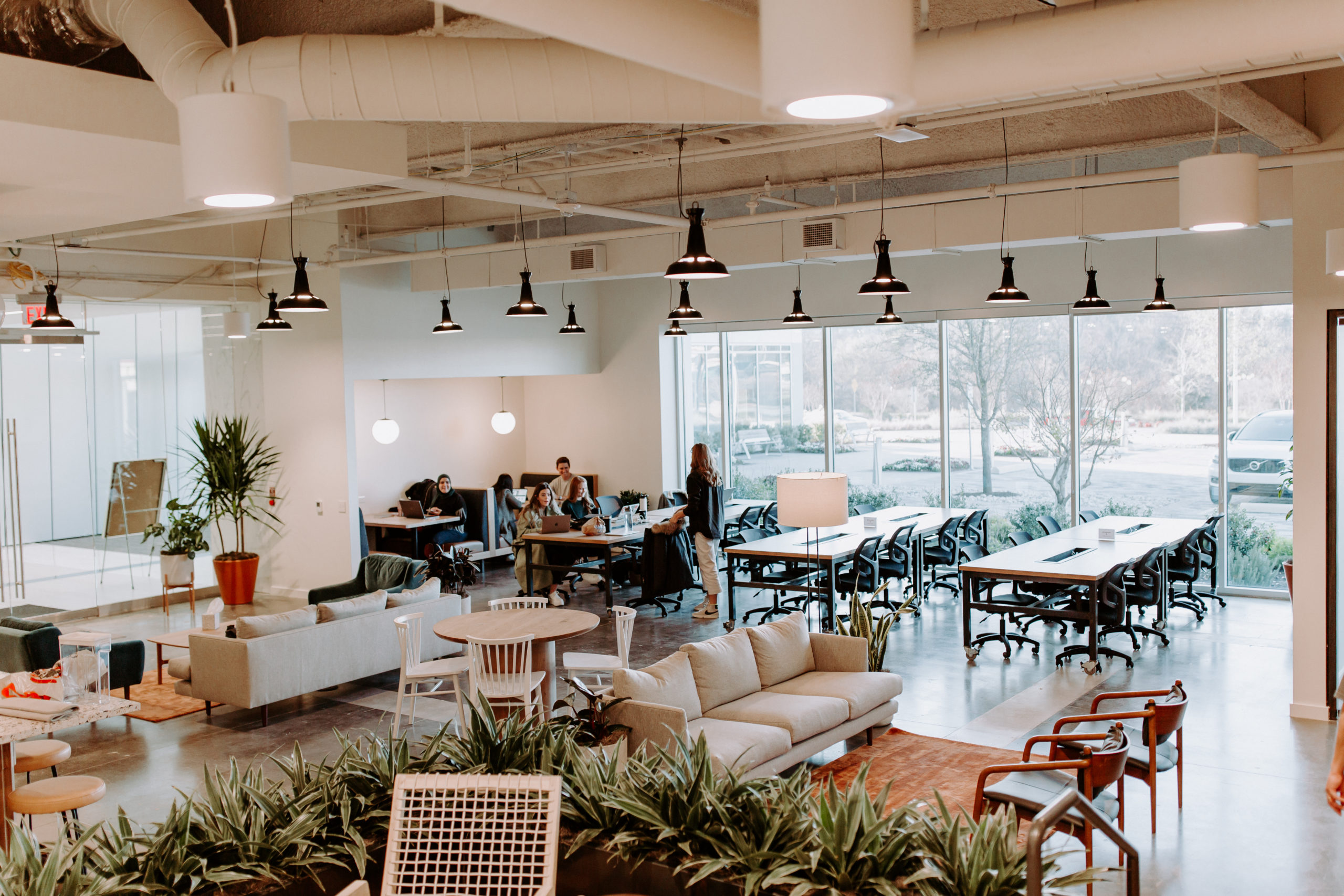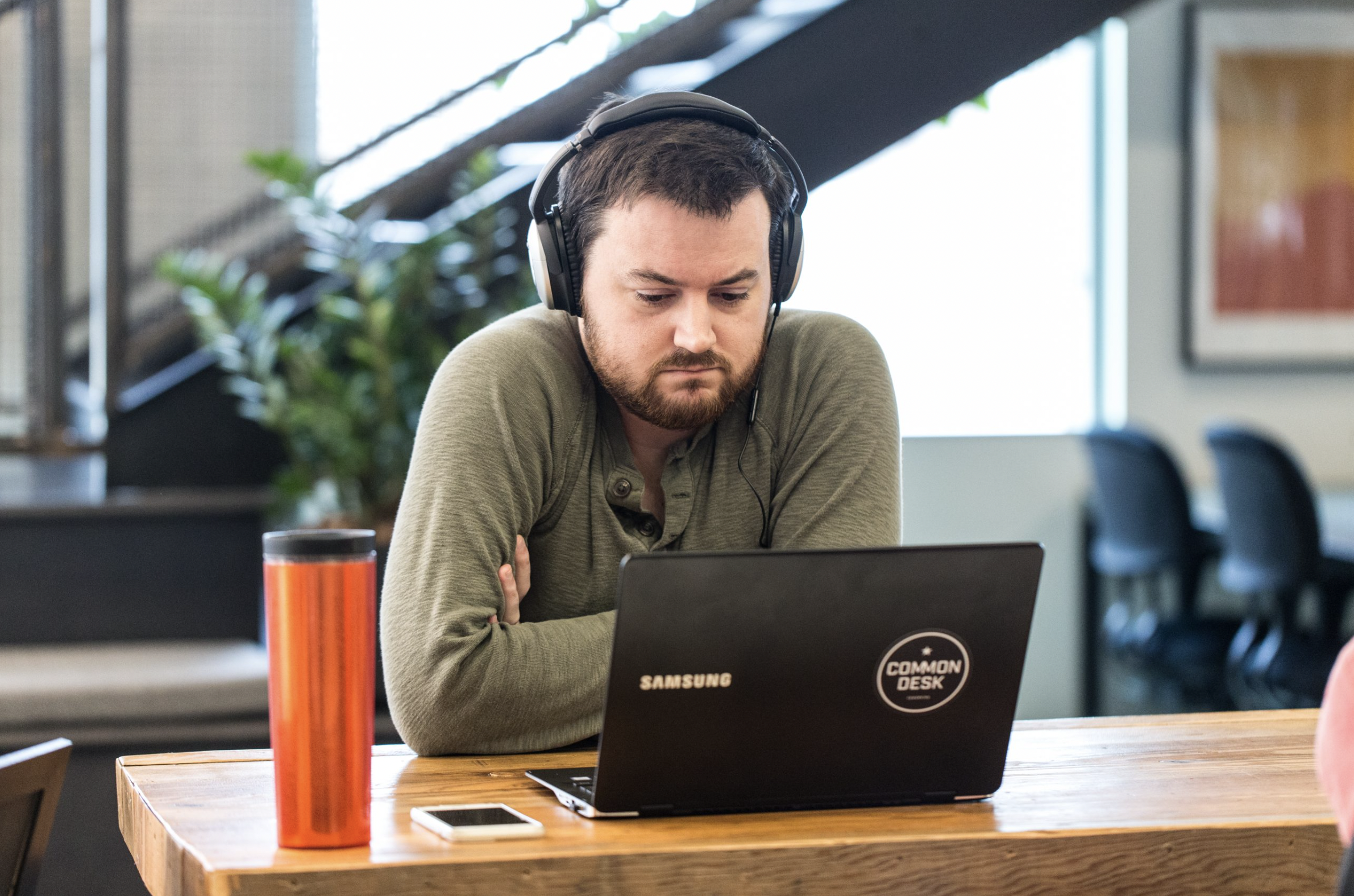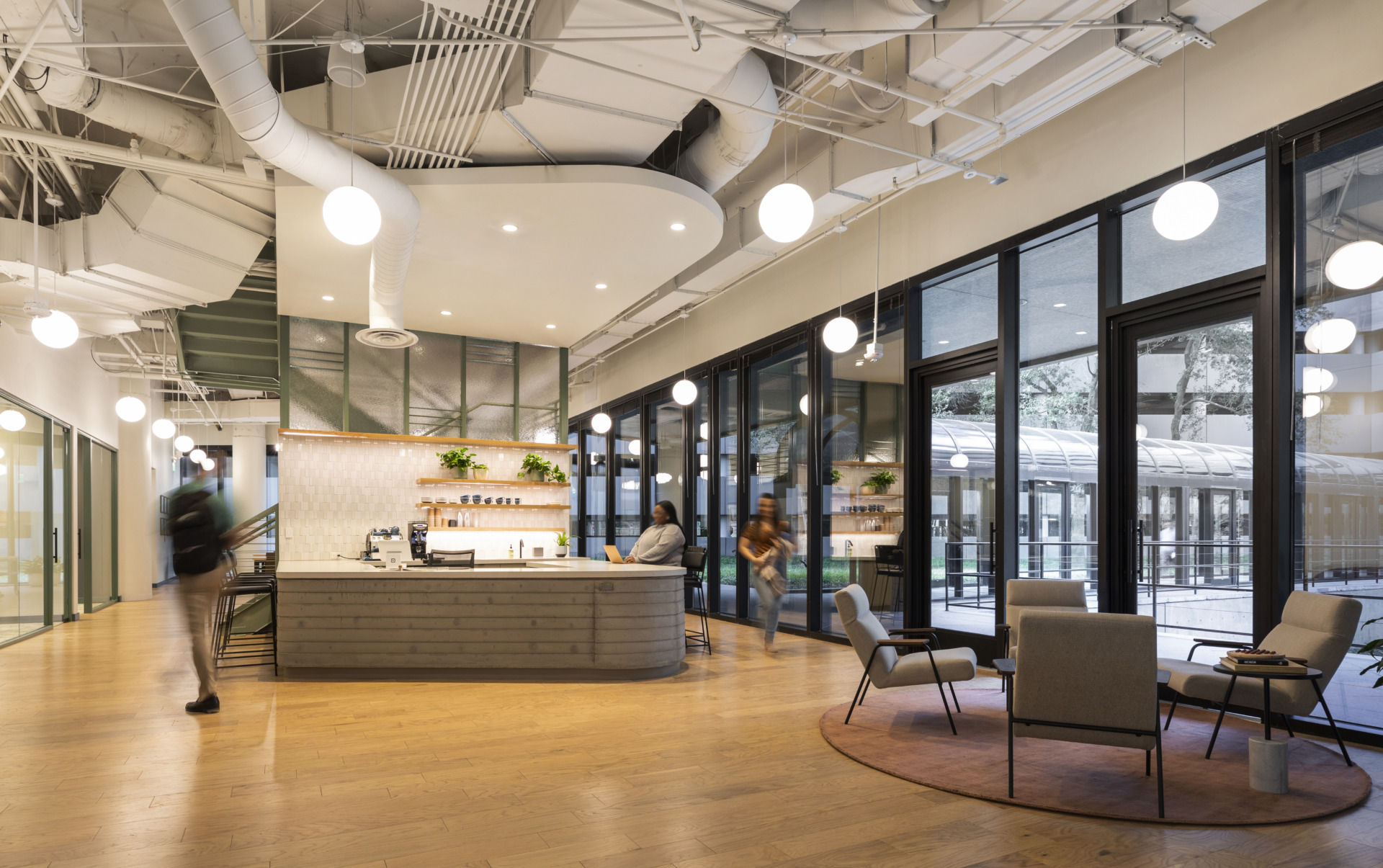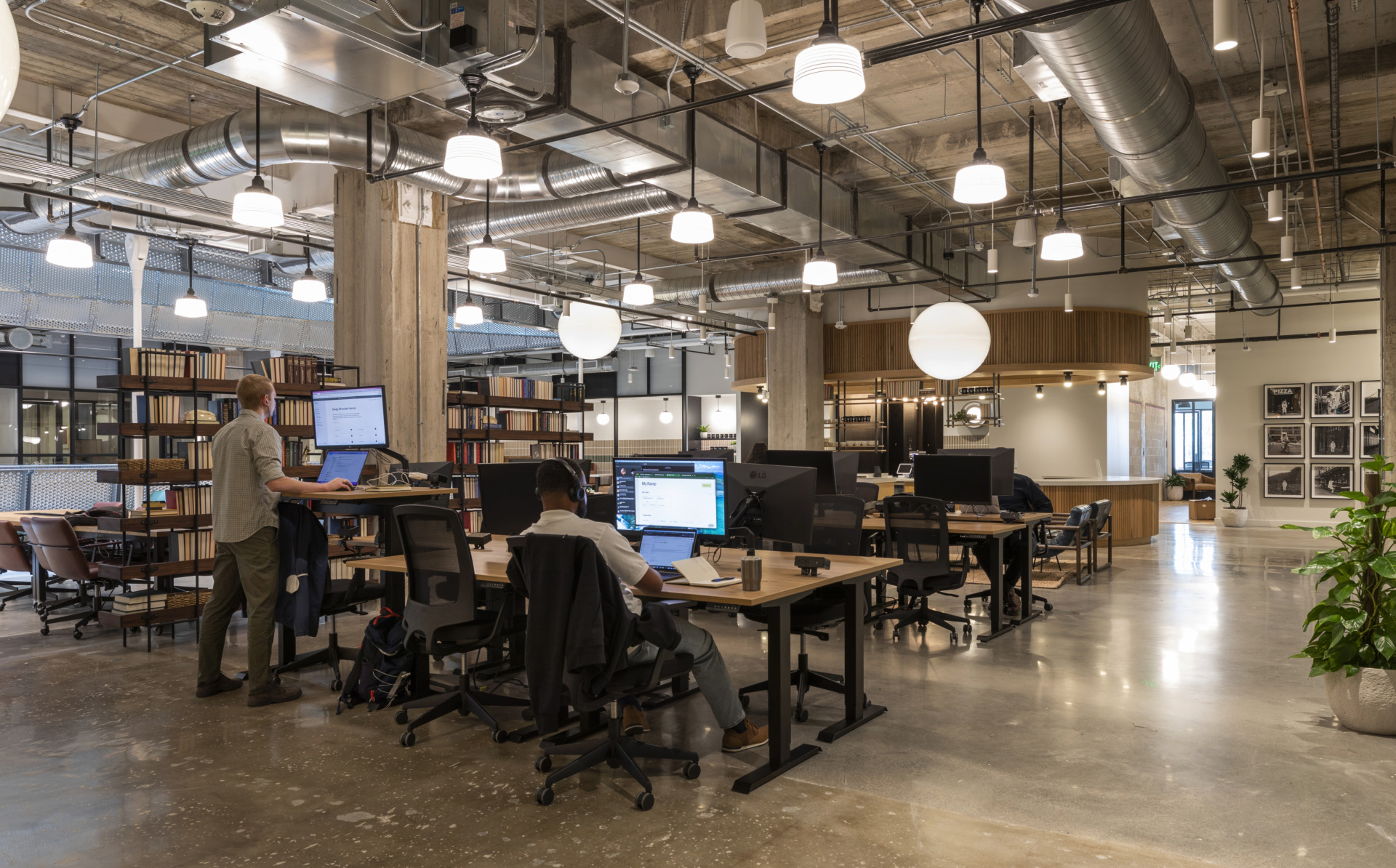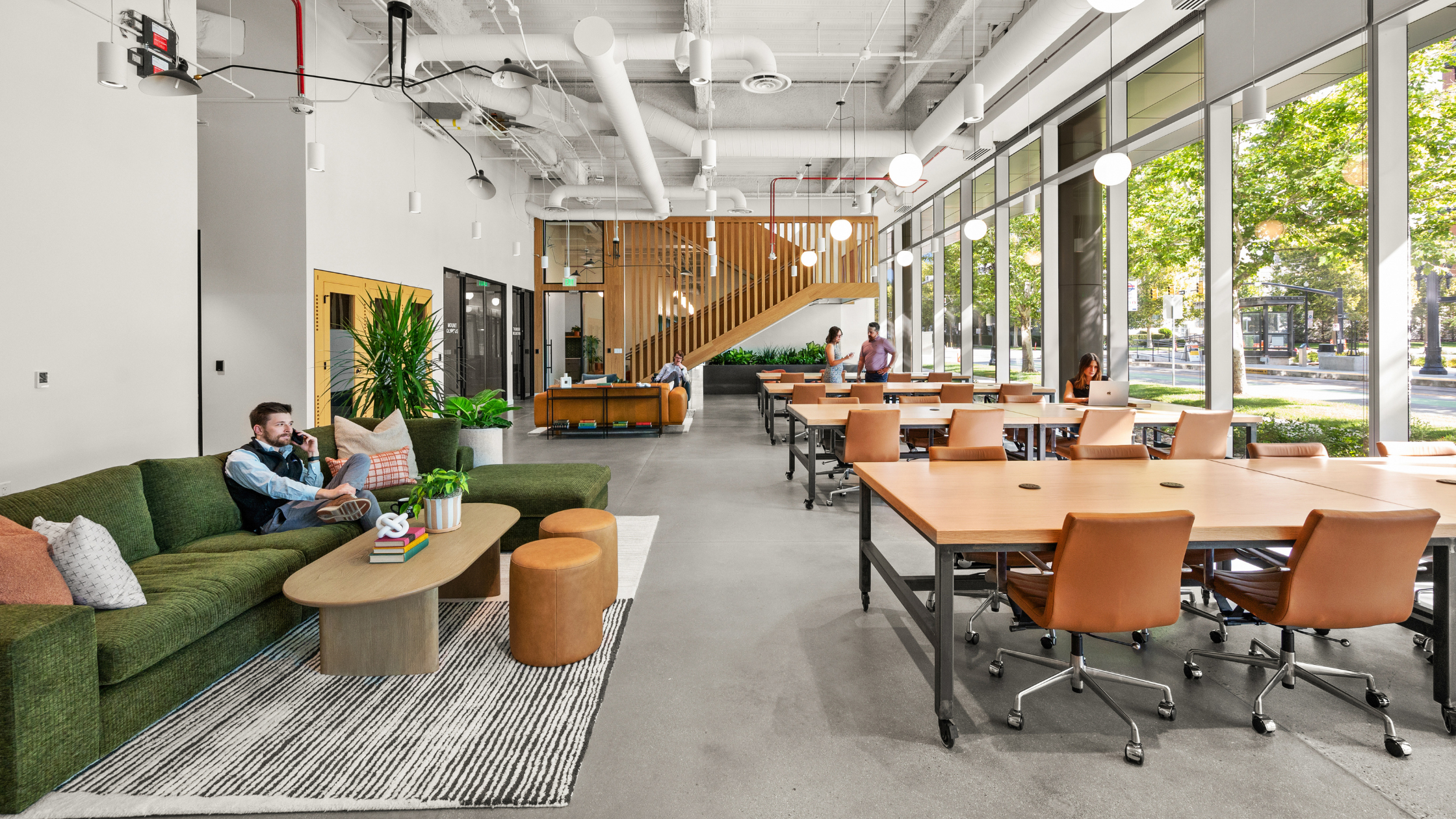Since the global coronavirus pandemic, remote work has become increasingly popular and given rise to another professional phenomenon: the digital nomad. With the ability to take work with you wherever you go, more and more people are taking advantage of the ability to move around and see new places. Setting up shop in a new location is easy, particularly when there are coworking spaces that come readily equipped with a desk, a fast internet connection, electrical outlets, and (perhaps most important of all) coffee.
But for digital nomads and other remote workers, cybersecurity is an even more important factor than ever before. While you may be familiar with cybersecurity protocols for your home office in-person work location, protecting yourself online from a new place requires a bit more awareness and thought.
Luckily, staying safe online is something you can do from wherever you are. In this article, we will take a look at six ways to protect your online workspaces no matter where you roam.
1. Keep Your Systems Updated
Some of the remote work cybersecurity protocols are also just good practices in general, even if you are located in one office building forever.—but ensuring that you have up-to-date basic security measures is even more important when you are traveling with your online work.
Keeping your systems, software, and applications updated is a great place to start. Do not ignore those pesky software update notifications on your laptop or browser; they often come with important cybersecurity updates included. Just as hackers and scammers continue to develop more sophisticated ways of breaking into online systems and accessing sensitive data, so are IT experts working to stay one step ahead.
The continuous updates and improvements of new versions of your operating systems, apps, and software can only effectively protect your online workspaces if you maintain the most current version. Otherwise you could be at risk of attacks, since your devices are running with outdated security protocols.
Make a regular weekly habit of checking for updates on all your devices. Pro tip: you can do this before you sleep, so the updates download while you are offline anyway—or use the opportunity to take a break from your screen time as your systems become more secure.
2. Install A VPN
If you are working while you travel, or working in various different coworking spaces, then you will be logging into a number of different Wi-fi networks. While public (or semi-private) Wi-fi is convenient, it can come with an added cybersecurity vulnerability risk. You will have less control over how protected the actual internet network is, but, you can take extra precautions to protect the connection on your personal device.
Installing a Virtual Private Network, or VPN, anonymizes all of your online interactions. It also masks your geospatial location, so no would-be hackers will be able to access where you are in the world. Your VPN will already hide your interactions, but you can also set your location so that anyone tracking your movements, including websites tracking your online interactions for advertising purposes, will think that you are logging in from a particular location of your choice. Journalists and activists in countries with restricted access to the internet and heavy controls will often use a VPN to mask their activity and connect with outside news sources.
Many VPN companies will offer a free trial, so you can try the service before you pay for a subscription. If your company does not already offer a comprehensive cybersecurity protection package for its remote workers, then you may want to mention it to them. Many companies will pay for a VPN package that all of their employees can use on each individual device.
3. Watch Out For Common Schemes
While some hacking attempts may be more cleverly disguised, there are common schemes and giveaway signs that you can watch out for. A quick internet search will reveal common strategies hackers use when attempting to steal your identity or impersonate a coworker. Educate yourself about the most frequently-used schemes and you will easily be able to avoid them.
Phishing is the technical term for a type of spam in which hackers encourage you to click on a suspicious link or open a bad attachment, which can then automatically install malware onto your device. This often happens without you even being aware of it, so a successful phishing scheme can grant a hacker access to sensitive information behind the scenes without you knowing it.
Common email phishing attempts may include familiar websites and subscription services, such as Norton, Netflix, or a credit card company. Sometimes they even imitate the logo and branding of these companies, but if you take an extra moment to investigate, there is always a giveaway sign that this is an attempted fakery. (Pro tip: look at the email address it was sent from; often you’ll see a misspelled word or even just gibberish.) Another phishing strategy is for a hacker to impersonate someone you know. If you open an email that seems suspicious, you can always reach out to that particular person through another method of communication to make sure that they actually sent the email. Or if it is a company reaching out to you, do a quick internet search to determine whether or not they are legitimate.
4. Download Anti-Virus Software and a Firewall
Sometimes a legitimate-looking website can prompt us to click on a link that seems harmless, but actually comes equipped with destructive malware. In that case, it’s good to know that your computer has an extra line of defense.
When working together, a firewall and an anti-virus software can vet incoming emails and messages, safeguard your computer against malware, and warn you of suspicious activity. These extra tools can act as added layers of protection, like personal bodyguards for your computer.
If your company has given you a company laptop or tablet to use for work tasks, then chances are it may already have anti-virus software and a firewall downloaded on it. If it does not, talk to your HR manager or IT resource team about this. Companies should provide employees with recourse to protect sensitive work tasks online, whether they are working in the office or remotely.
5. Practice Good Password Hygiene
Choosing passwords that are difficult to guess can go a long way towards assisting with your online workspace security. Choose a unique password for each and every log-in. If you have trouble keeping track of them all, download a password manager that can store them for you securely. Change your passwords frequently and regularly. Each password should include a unique combination of upper and lower case letters, numbers, and special characters, such as #, $, %, &, *, of at least 12 characters long.
Avoid the temptation to use a password that will be easy for you to remember, such as a birthday, anniversary, favorite pet, or lyrics to a great song. You may be able to guess your own password when you need to log in, but that means somebody else will be able to guess it too.
Augment your password security by using multi-factor authentication. The combination of a strong, secure password with an extra layer of security from either a thumb print, voice recognition, backup email address verification code, text message, or phone call can ensure that you are the only one who can truly verify, and thus gain access to, your accounts.
6. Protect Your Video Calls
Protecting your video calls is an important element of working remotely and securely. If you are sitting in a video meeting and a document displaying your social security number is within sight of the camera, you are placing yourself at unnecessary risk. If that particular video meeting should happen to be hacked, then your sensitive data will be fair game to whoever witnesses the meeting. Make sure there are no documents with financial information, passwords, or log in details visible within the screen during video calls.
Limit your video meetings to known participants. You can shore up the security of your video meetings by making participants enter a private, secure password in order to access the video chat.
You should also avoid sharing screenshots of video chats on social media. Simple “getting to know you” type questions, such as “Where did you grow up?” can actually create serious security risks for video meeting participants. Since that is a common back-up security question for gaining access to personal accounts, sharing a screenshot with that information exposes everyone involved to potential risk. Even screenshots with coworkers and clients can reveal relevant information to would-be hackers. A phishing attempt will seem much more credible if the phisher knows when, where, and with whom you have been meeting recently.
Work Securely From Wherever
Cybersecurity is a real threat these days. High profile companies and small businesses alike have been targeted by bad actors with malicious intentions, but each individual employee has the power to protect themselves.
By following good password hygiene, trusting your common sense, taking extra time to research specific sites or contacts, utilizing security tools (such as VPNs, firewalls, and anti-virus software), and maintaining awareness of the potential risks of sharing information in video chats, you can go a long way towards protecting your online workspaces. Make sure to keep up with regular cybersecurity maintenance, such as updating your passwords and downloading the latest system and app updates.
With a little common sense, some extra awareness, and regular attention to security, you can keep your online workspaces secure from wherever you are.




